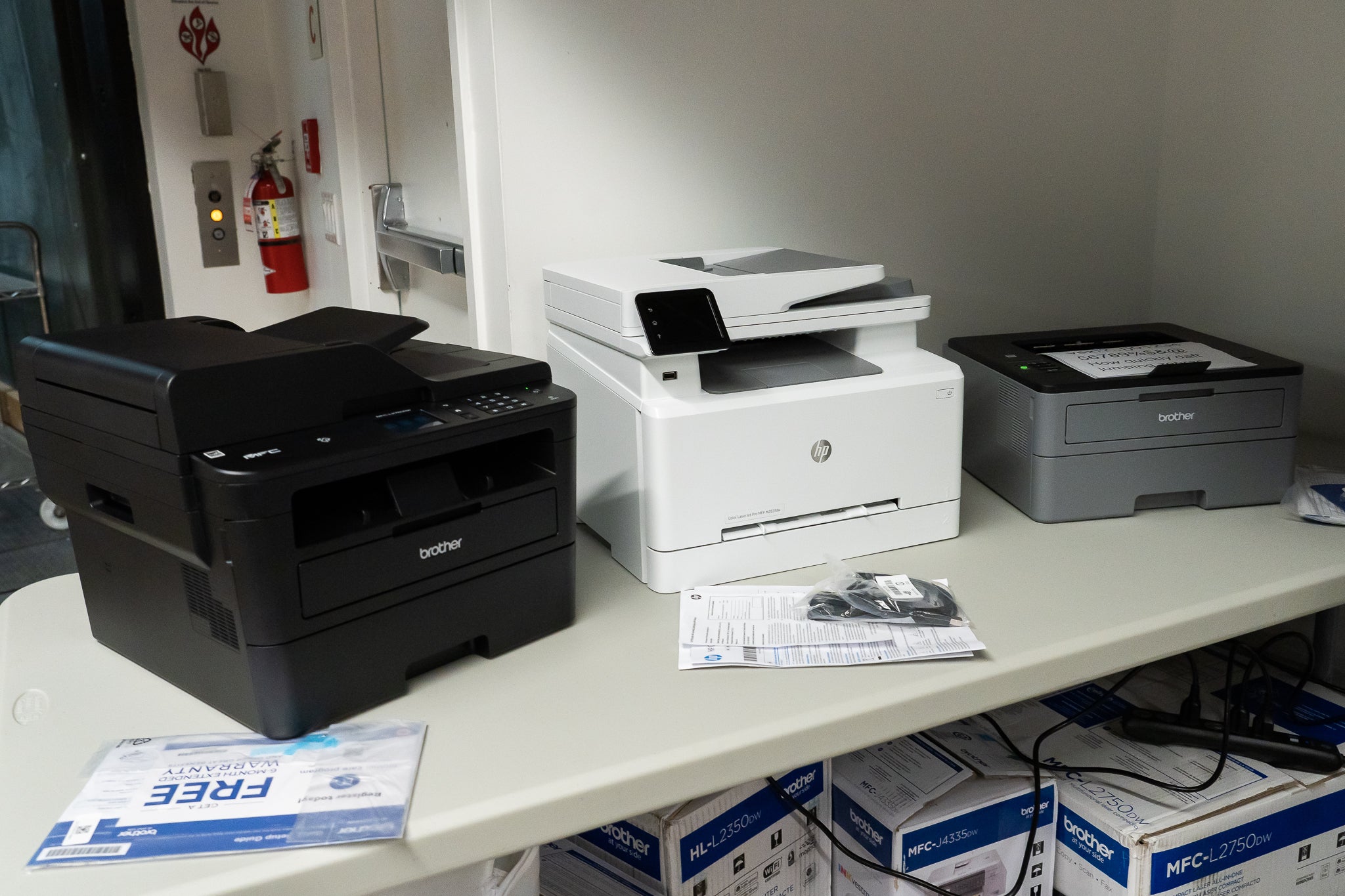In today's digital age, paper may seem like a relic of the past. However, it still holds immense importance in various industries, such as publishing, printing, and packaging. When it comes to choosing paper, determining its quality is crucial to ensure optimal results. In this blog post, we will delve into the intricacies of identifying high-quality paper, providing you with valuable insights and practical tips.
- Understanding Paper Grades:
Paper grades play a significant role in determining its quality. The two primary grades are bond and writing. Bond paper is commonly used for letterheads, while writing paper is ideal for stationery and correspondence. High-quality paper is often categorized as premium or archival grade, indicating its superior quality and longevity. - Assessing Weight and Thickness:
Weight and thickness are essential indicators of paper quality. The weight of paper is measured in grams per square meter (gsm). Generally, higher gsm signifies thicker and more durable paper. For instance, premium business cards are usually printed on 350 gsm paper, providing a luxurious feel and enhanced durability. - Analyzing Opacity and Brightness:
Opacity refers to the paper's ability to prevent show-through from the other side. High-quality paper tends to have higher opacity, ensuring that the ink does not bleed or show through. Brightness, measured on a scale of 1 to 100, determines the paper's whiteness. Opting for paper with a higher brightness level enhances readability and color vibrancy. - Evaluating Texture and Finish:
Texture and finish greatly impact the overall look and feel of printed materials. Smooth paper with a consistent texture is often preferred for professional documents, as it allows for crisp and clear printing. On the other hand, textured paper can add a touch of elegance and uniqueness to invitations or artistic projects. - Testing Durability and Longevity:
High-quality paper should be able to withstand handling, transportation, and environmental factors. Conducting a simple durability test can involve folding the paper multiple times to check for creasing or tearing. Additionally, archival-grade paper is acid-free and lignin-free, ensuring its longevity and resistance to yellowing or deterioration over time. - Considering Environmental Factors:
In today's eco-conscious world, choosing environmentally friendly paper is essential. Look for certifications such as Forest Stewardship Council (FSC) or Sustainable Forestry Initiative (SFI) to ensure that the paper is sourced sustainably and responsibly.
Conclusion:
Identifying high-quality paper requires a keen eye for detail and an understanding of various factors that contribute to its overall excellence. By considering aspects such as grades, weight, opacity, texture, and environmental factors, you can make informed decisions when selecting paper for your specific needs. Remember, high-quality paper not only enhances the visual appeal of printed materials but also ensures durability and longevity.

